What do candidates on the Inspection and Testing course actually do?
PRACTICAL INSPECTION AND TESTING
We begin by looking at how electrical installations should be visually inspected, bearing in mind the type of inspection (minor works, periodic, or initial verification) required. Candidates are provided with course notes to guide them. Candidates go through the long list of inspection items that should be checked, practicing this on demonstration boards that we have specially designed for the course.
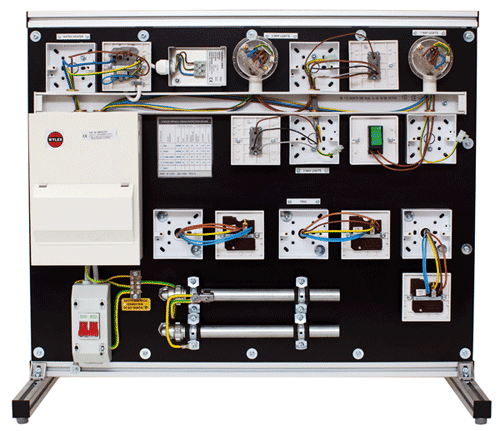 |
One of the simulated electrical installations used on the inspection and testing course |
The course then looks at the required testing, and again we have specially designed practice boards that the candidates perform the testing on. These boards are also used for the live tests.
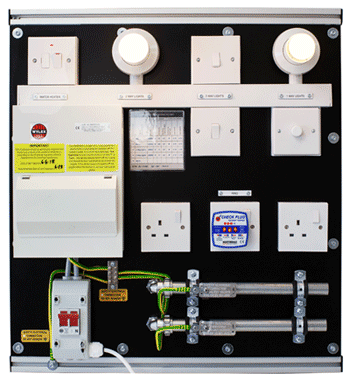 |
One of the simulated electrical installations used on the inspection and testing course |
In order to perform the tests we use a range of industrial test instruments. To begin with we prefer individual test instruments for the testing (rather than multifunction types) as we find the candidates get used to these more easily at this stage of their training.
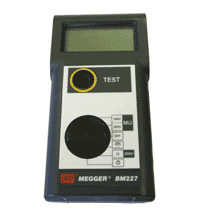 |
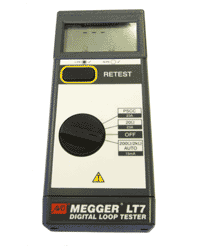 |
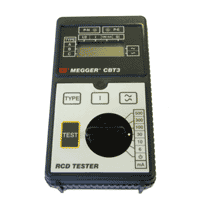 |
One of the continuity and insulation resistance testers used on the electrical inspection and testing course |
One of the earth fault loop impedance testers used on the electrical inspection and testing course |
One of the RCD testers used on the electrical inspection and testing course |
As well as the above testers we also like to get the candidates to use other types, or even encourage them to bring their own testers along. We're quite keen on multi-function testers although some candidates can find these a bit daunting to begin with so we allow the candidates to choose which types they feel most comfortable with. |
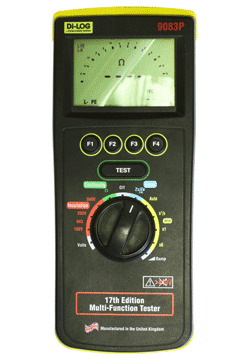 |
One of the Multi-Function testers used on the electrical inspection and testing course |
Isolation procedures are a crucial part of the inspection and testing course. Voltage testers and proving units are used for this (as well as the necessary padlocks, mcb clasps etc). Without a sound appreciation of the procedures the risk of injury is heightened and any unsound practices lead to failure in the practical assessment.
The candidates are also taught how to correctly complete the IET paperwork - so we give them the opportunity to practice this too. Below is one of our voltage testers and proving units used on the course and an example of some of the IET paperwork that one of our candidates completed:
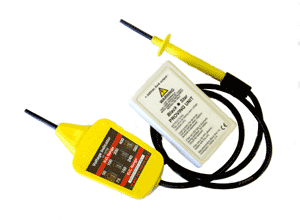 |
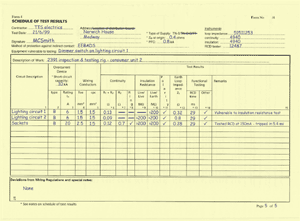 |
One of the voltage testers and proving units used on the electrical inspection and testing course |
An example of one sheet of the IET paperwork that candidates on the electrical inspection and testing course complete |
The practical assessment is conducted on a specially-designed rig which simulates a real electrical installation. The candidates have to safely isolate and test for dead, perform a full inspection and test (consisting of an initial verification and a periodic test) and complete all the necessary IET paperwork as they proceed.
During the course, candidates are issued with the electricians guide to inspection and testing book. The electricians guide book contains all the most useful reference material about inspection and testing of electrical installations. |
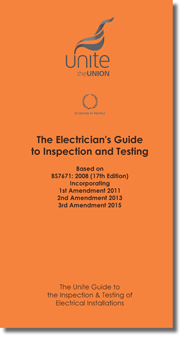 |
Candidates on the electrical inspection and testing course are given their own copy of our electricians guide book to keep |
If you would like to see some of the equipment used on the electrical inspection and testing course for yourself, then please call us to arrange a visit to our offices in Kent.


